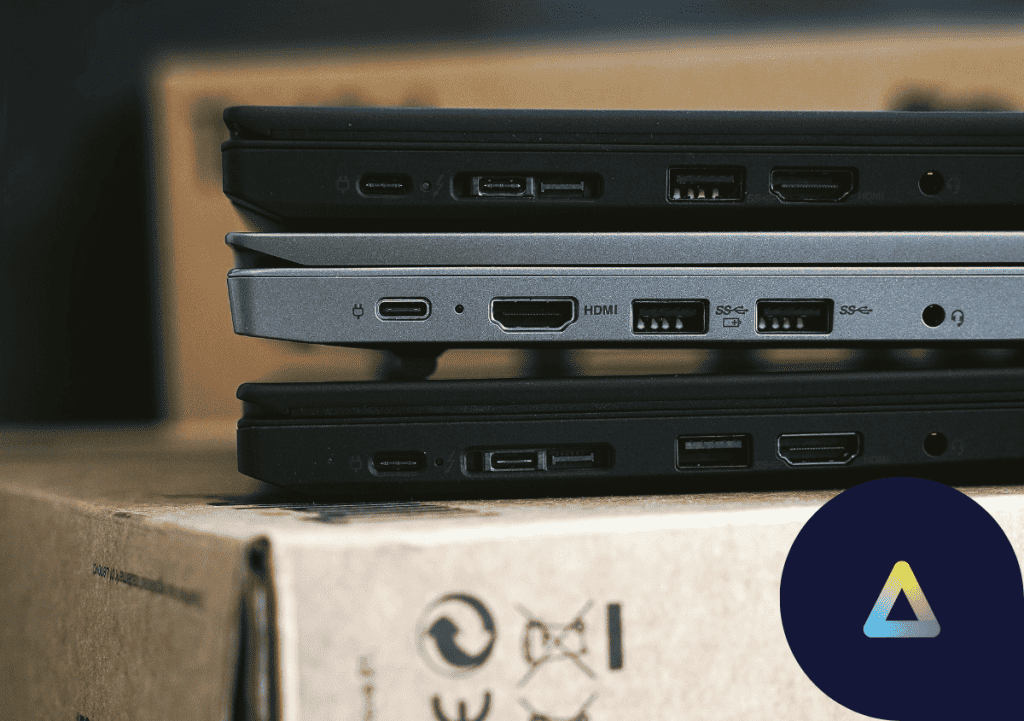With Google announcing that they will be giving their staff the option of hybrid working when their offices re-open in June, we are already seeing major organizations attempt to integrate work at home into standard business practice. Hybrid working (or work from anywhere strategy, as referred to in our recent webinar with Anne Bibb) can be seen as the best of both worlds for employers and employees.
So is this going to be a trend for most companies? We certainly think so, and if you google “hybrid working,” you will see many agree. Though just like the initial migration to work at home in early 2020, there are right and wrong ways to implement a hybrid working strategy. In this blog, we will be focusing on three key areas that an employer should be considering when thinking about hybrid working.
Employee Experience
The percentage of workers permanently working from home is expected to double in 2021, according to a survey from Enterprise Technology Research (ETR). Remote employees are going to be taking up a much larger portion of the workforce, and as such, companies must focus on providing an equal playing field for all employees regardless of location. This means a change in approach by management when it comes to employee communication and experience. One suggestion in a blog by Meath Enterprise is that all employees should be treated as remote employees, even those in the office. We’ve seen measures taken like meetings hosted via video chat rather than face to face. Employees should have the same working experience as their counterparts in the office; for both devoted remote workers and those scenarios where the employee is moving between the office and home working, the working experience must be as similar as possible.
Technology can assist in this; employers can utilize both software and hardware solutions to provide a unified employee experience across their workforce, whether on-premise or remote – ensuring familiarity and seamlessness when changing work location. Centralized management and uniform workspaces on employee endpoints can go a long way in improving employee experience, closing the gap between workplaces.
Cybersecurity
A primary concern for all migrating to remote work was around security, the transmission of customer data and employee information from what was seen as a secure premises to employees working on unverified networks, unsupervised. In Cisco’s Future of Secure Remote Work Report, 85% of all respondents reported that cybersecurity is extremely important or more important than before the pandemic. While work from anywhere is more straightforward to sustain than a 100% remote workforce, it still relies on employees’ ability to connect to their working environment securely. Companies need to remember that what was accepted for their remote working practices will not be accepted by customers, QSAs, etc.
Employees’ machines accessing their corporate environment remotely must be just as secure as those working with devices on-premises. This means control over the experience, over applications being launched, the ability to audit employee activity, and restricting access to any drives or insertable media. With added requirements being added to primary compliance standards, like PCI, this year. Security should be top of mind still for any company looking to implement a work from anywhere strategy.
Productivity control
In a survey by Mercer, an HR and workplace benefits consulting firm, 94% of employers said productivity was the same as or higher than before the pandemic, even with their employees working remotely. That said, this comes with some diminishing returns; as Monster reported, 69% of employees experience burnout from working at home, causing dips in productivity. How can productivity be maintained and monitored for employees working remotely? One of the benefits of flexible working is reducing the isolation that employees can and have felt working solely remote in 2020. This motivates employees much more and allows them to be more productive. That said, there is still an aspect of control lost when employees are working remotely, even if they are only doing so every few days.
In-person supervision and on-premises productivity tools will not work when employees are working from home; employers will need to invest in tools that will allow them to better control and monitor employee activity when working remotely.
Conclusion
From this, we can see that employee experience must be as seamless as possible between on-premises and the employees home environment, Security standards MUST be the same across the board – where employees cannot introduce risk into the corporate environment or company data from their remote environment, and productivity control must be modernized and emphasized for remote workers.
Efforts need to be made by the employer to ensure there is as little disconnect and difference as possible between the on-premises and remote working environments.
See how our solution, Secure Remote Worker, can provide the same experience for employees on and off-premises, utilizing personal machines.



